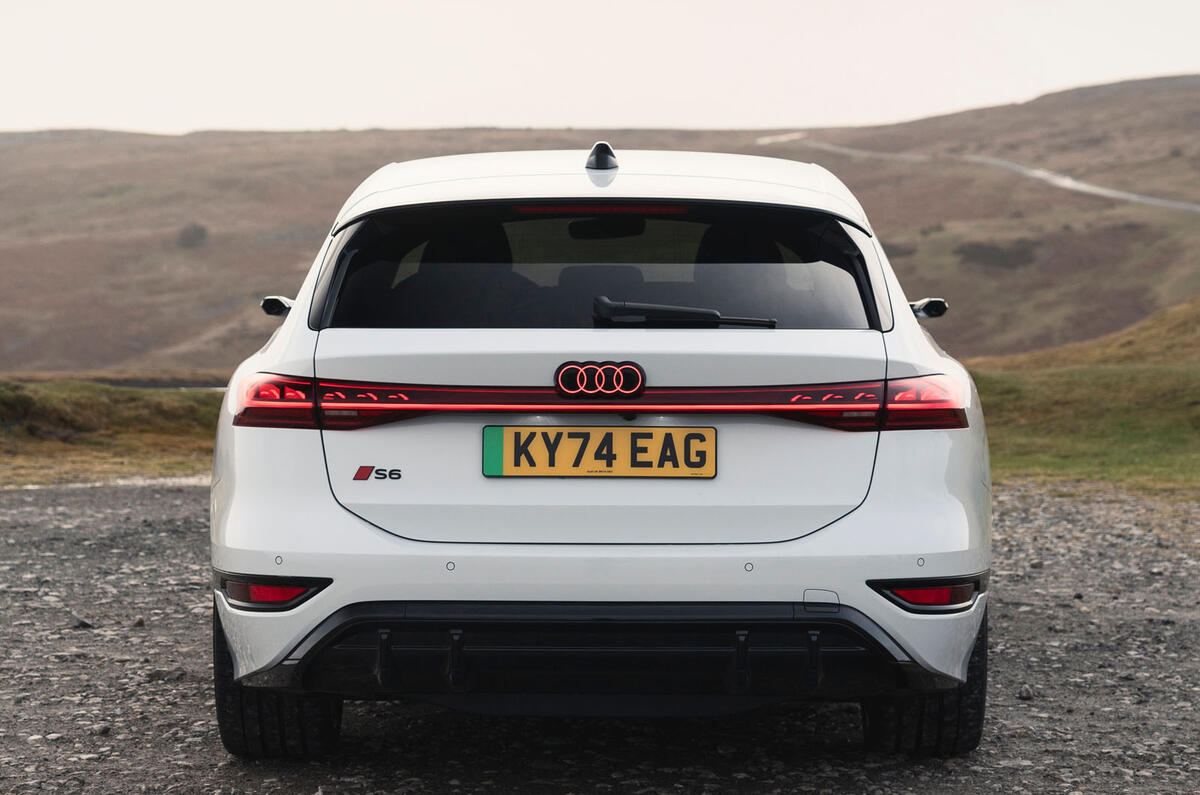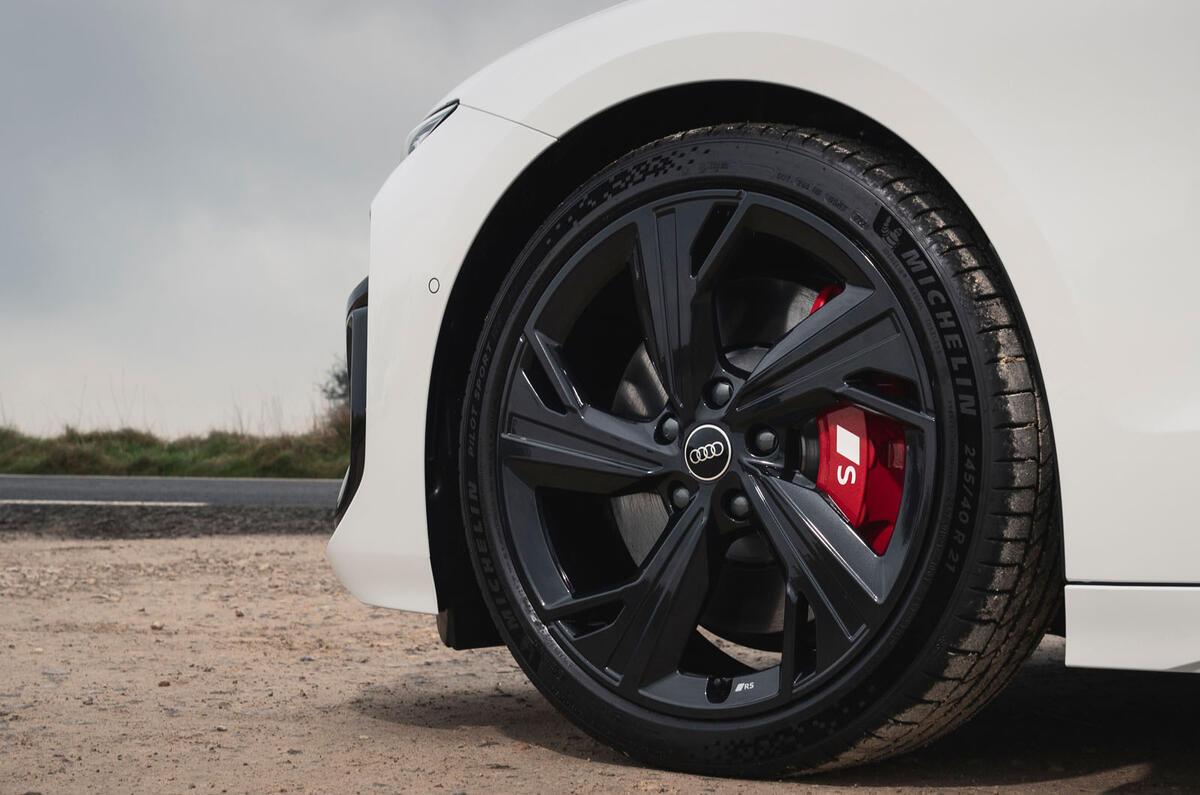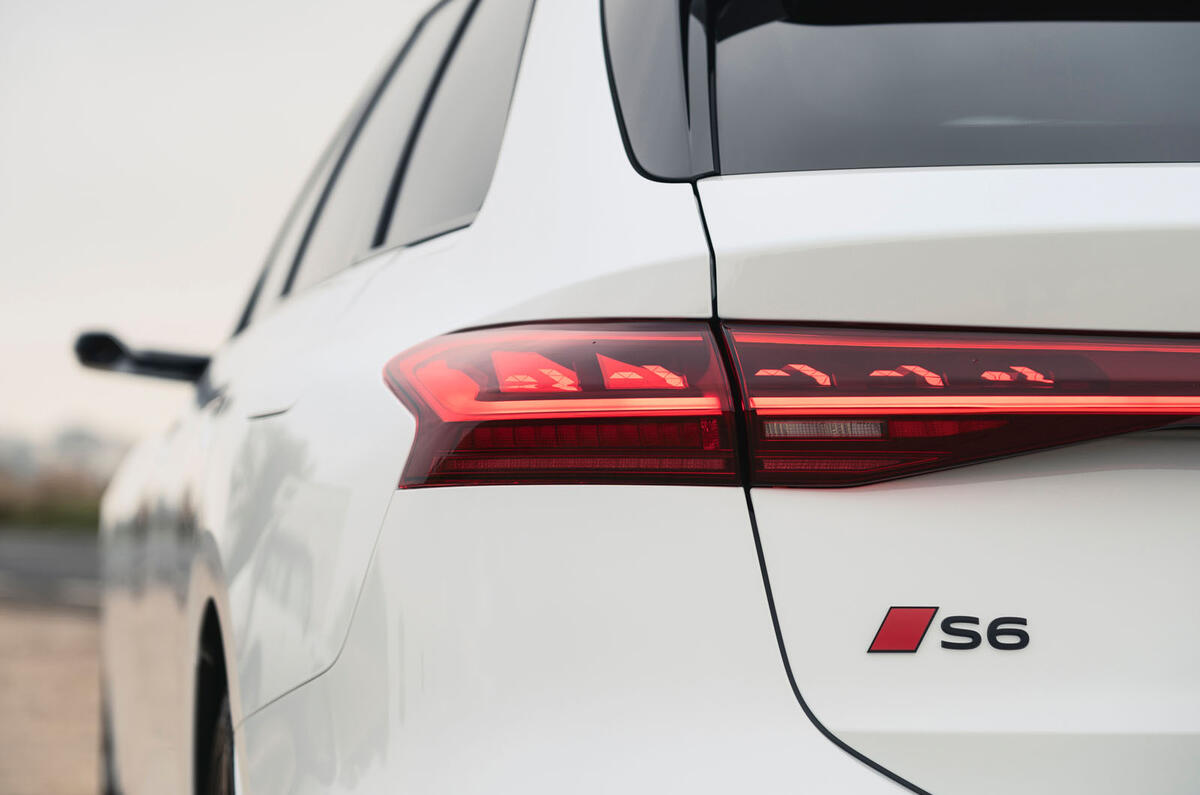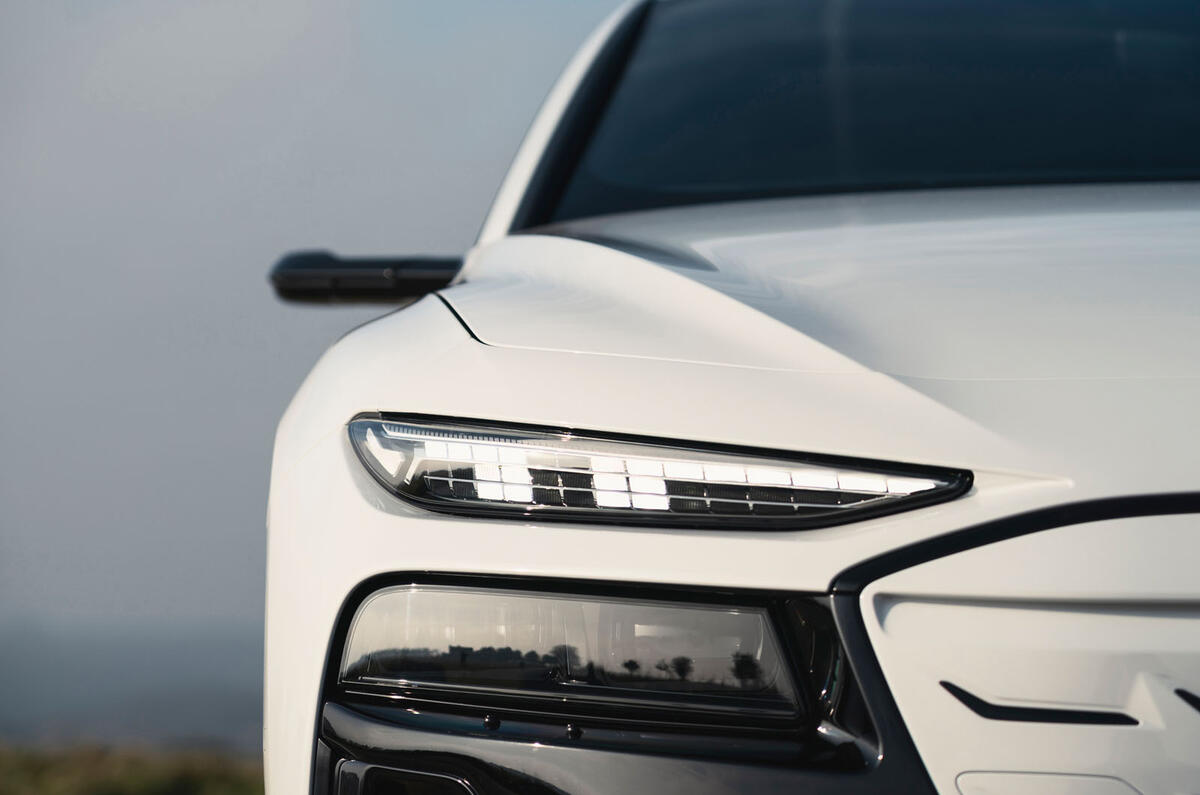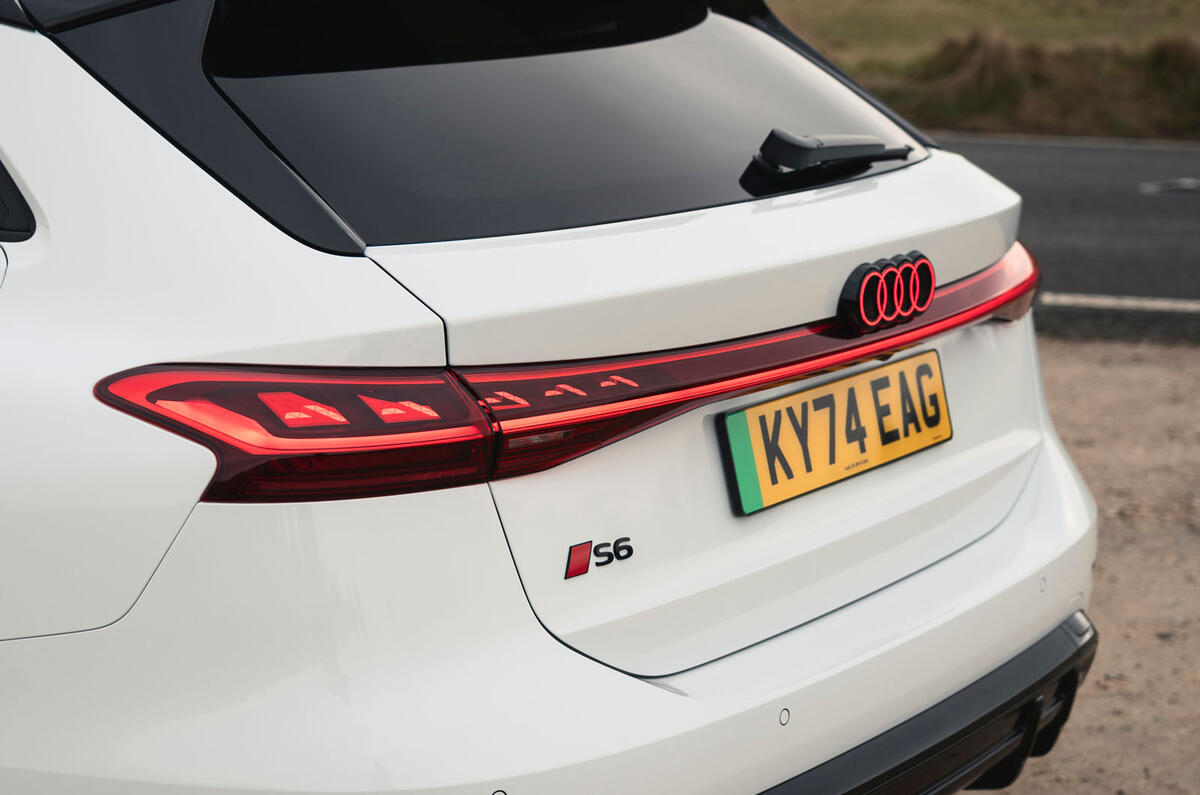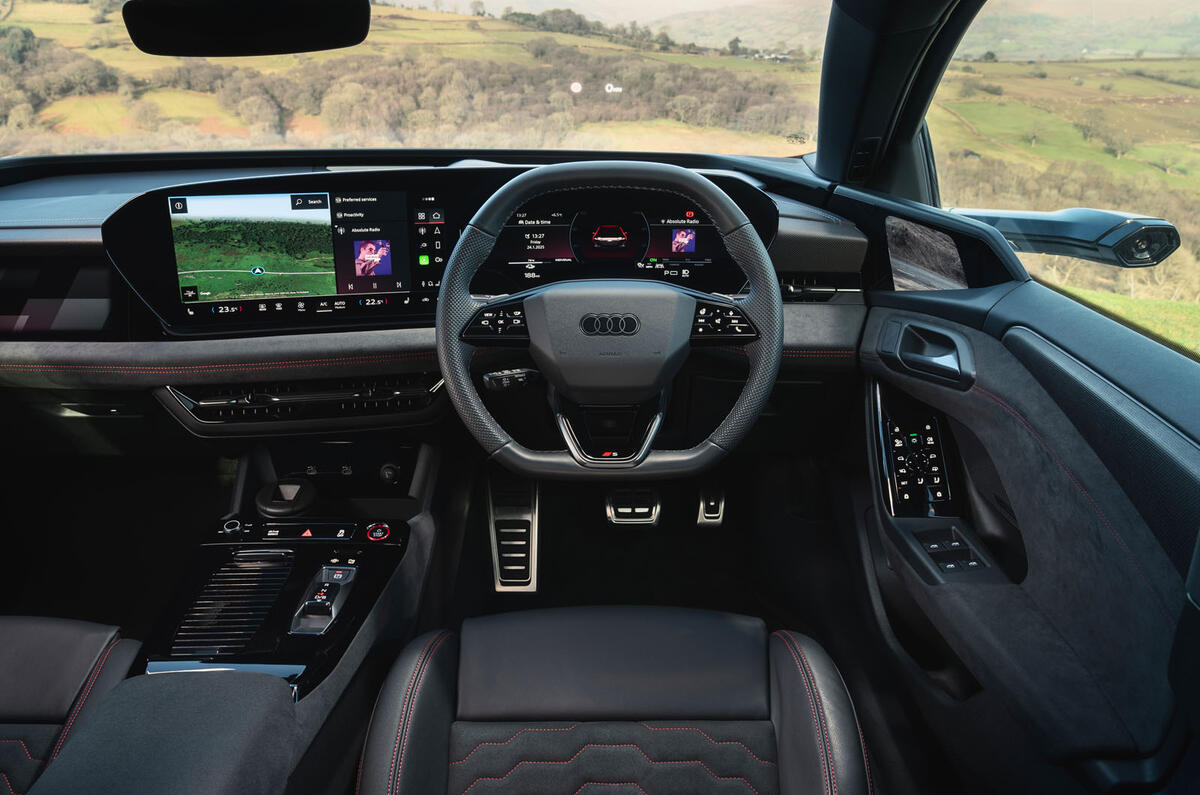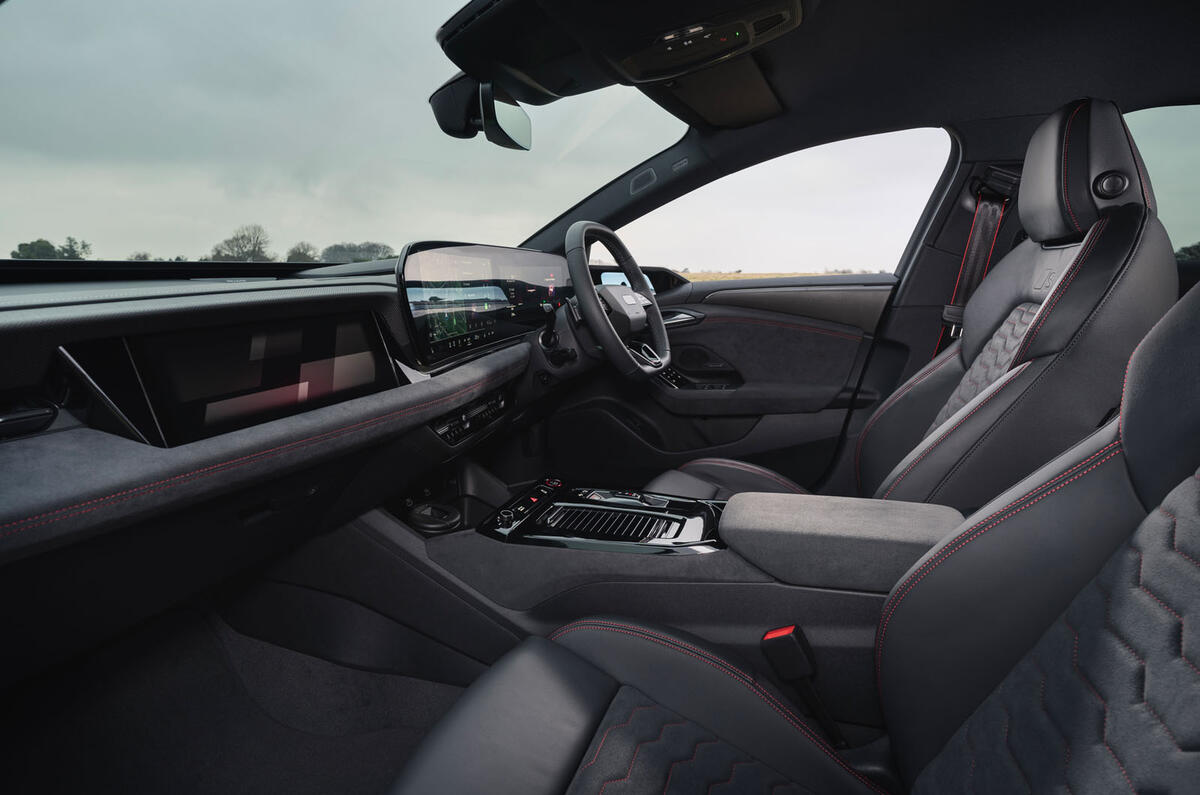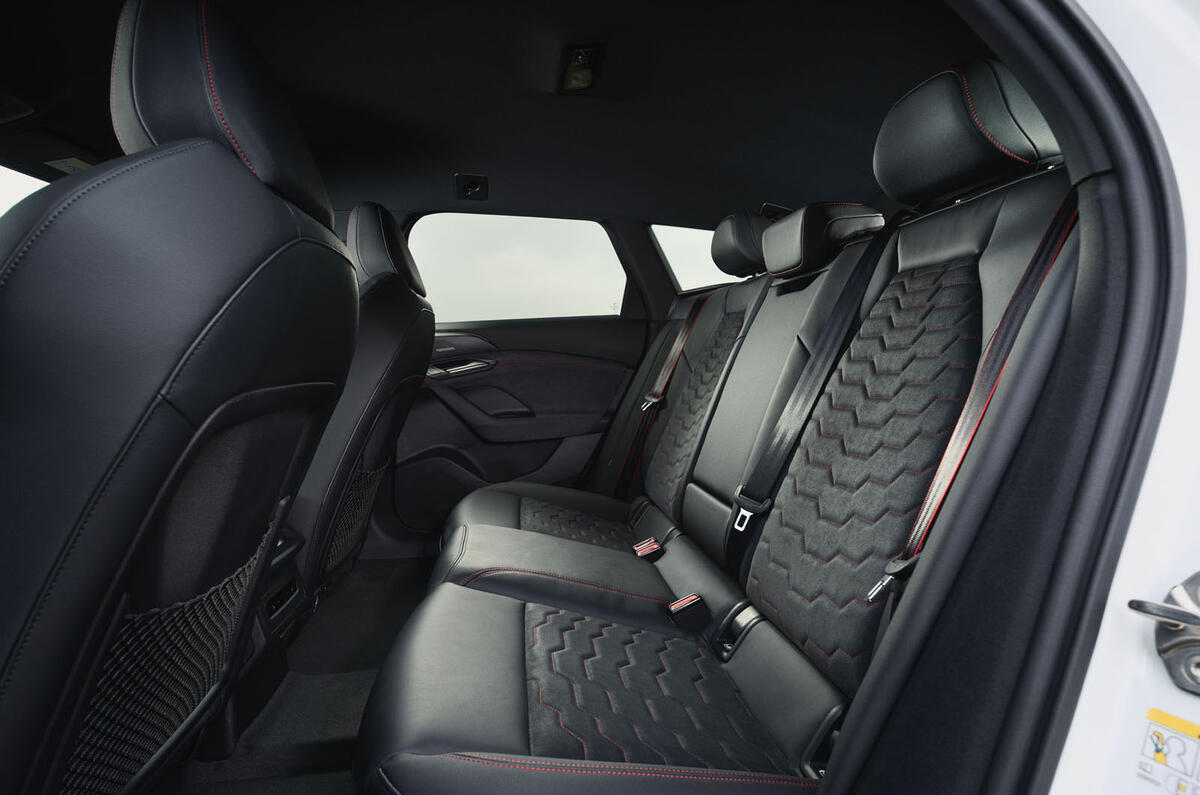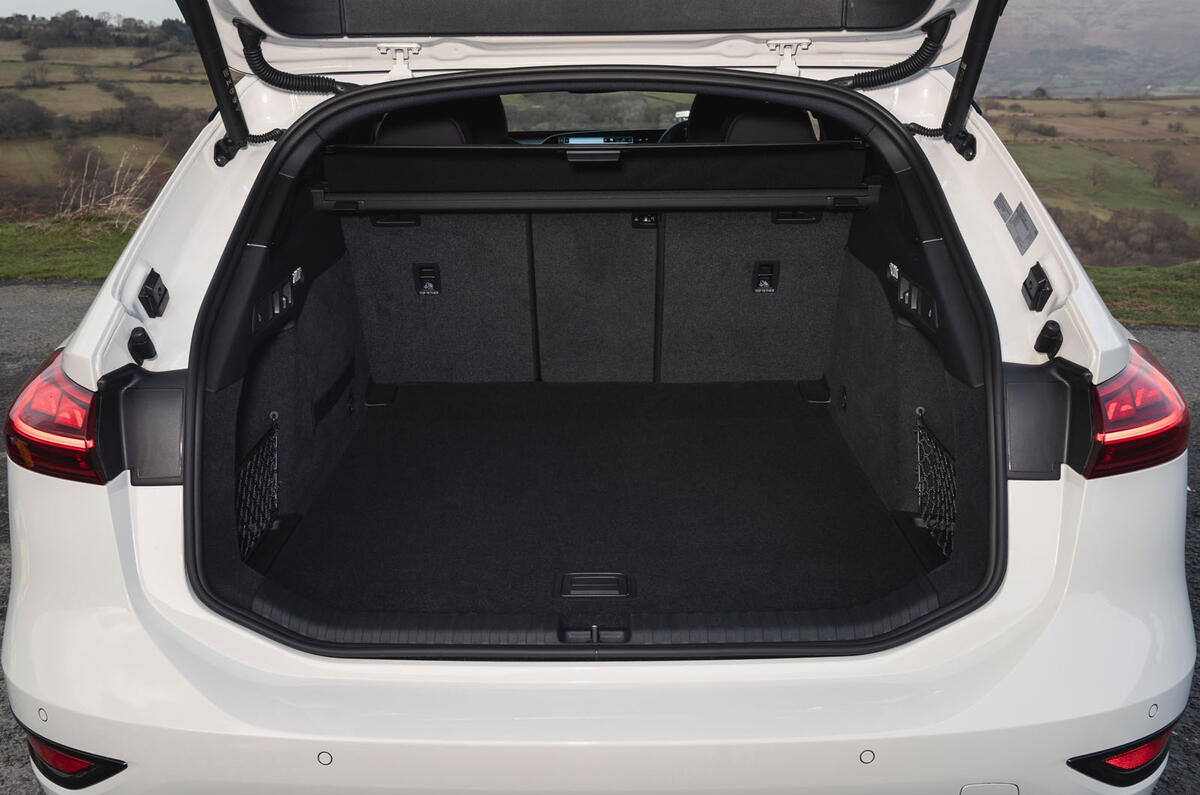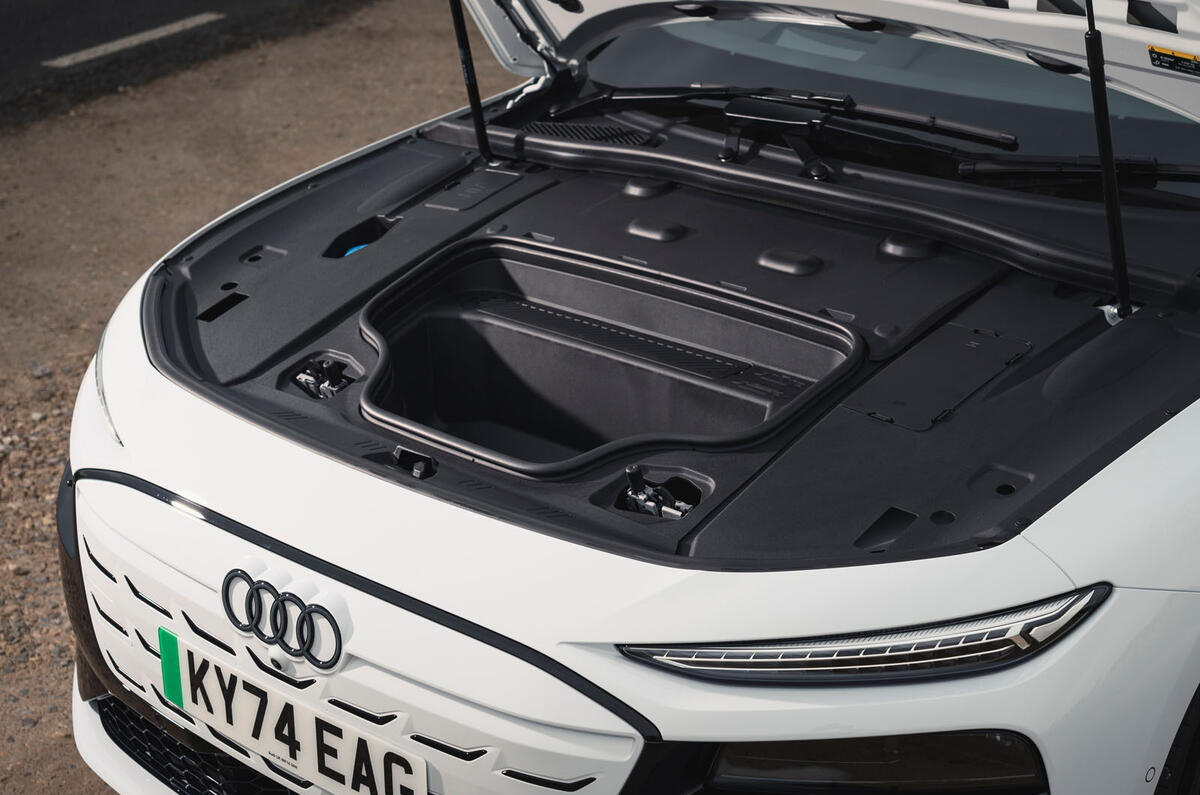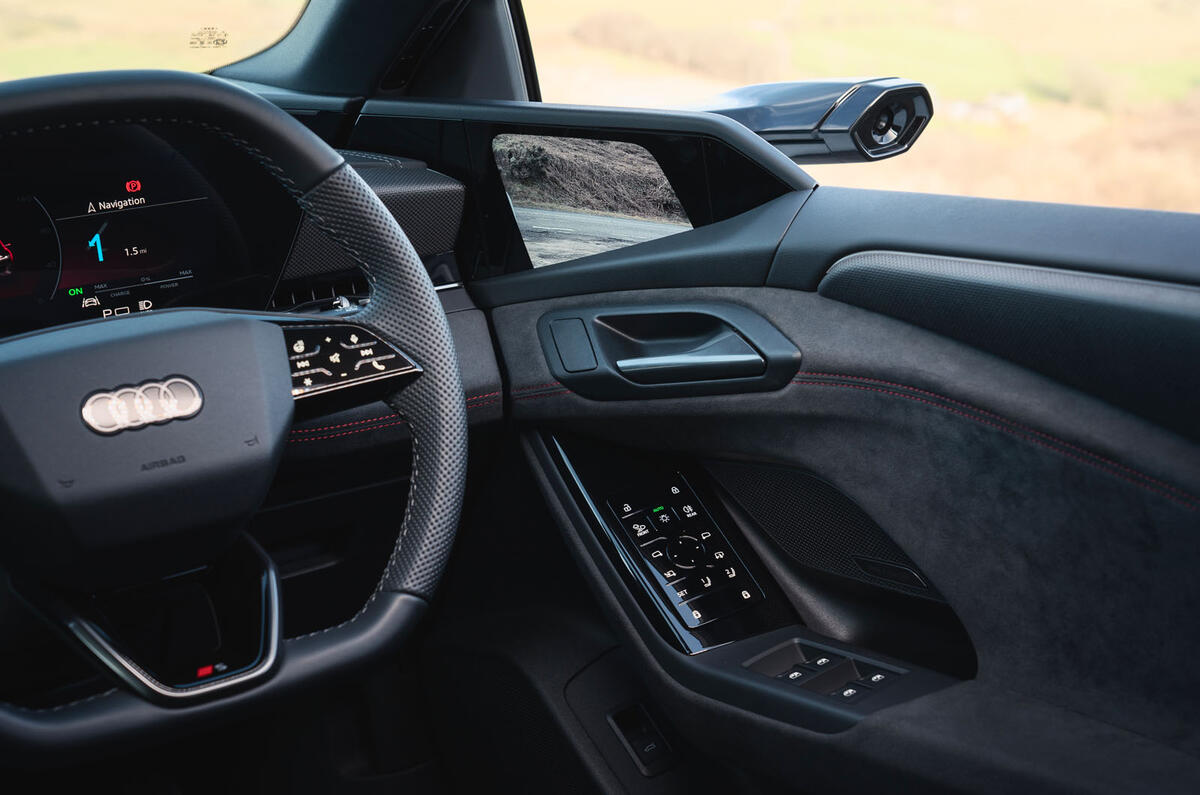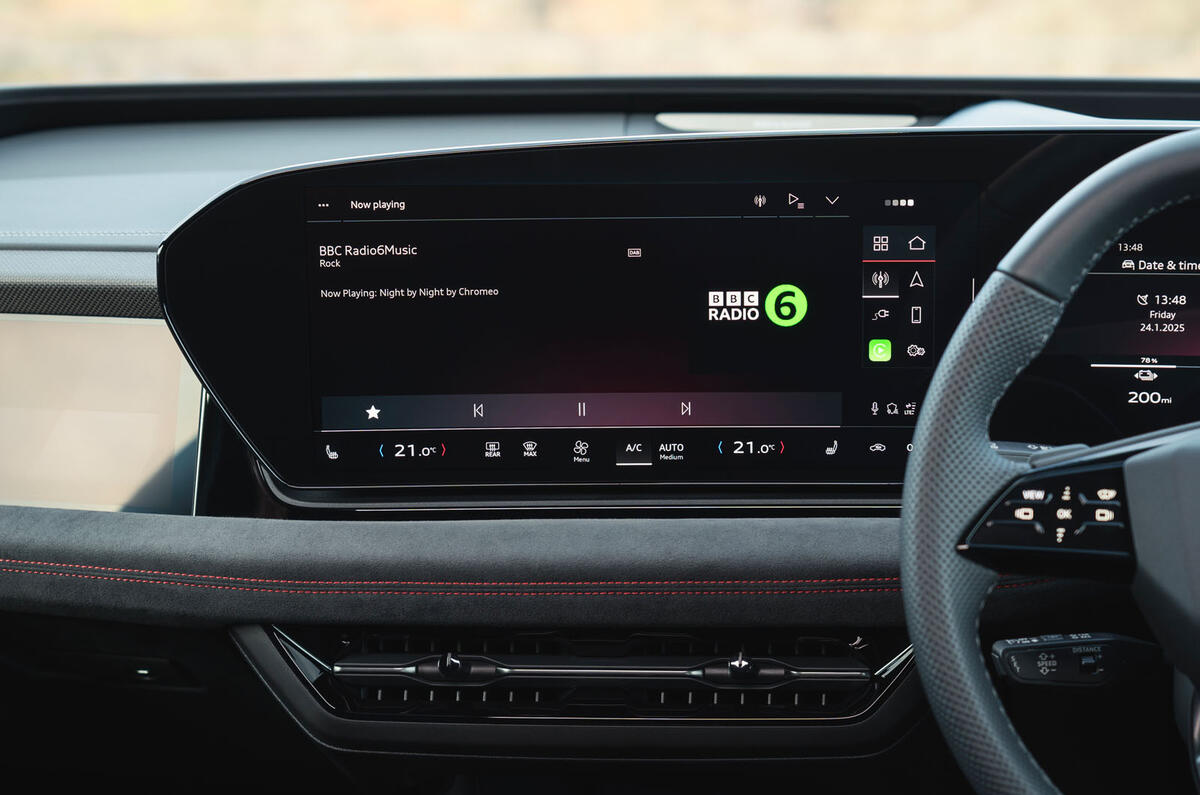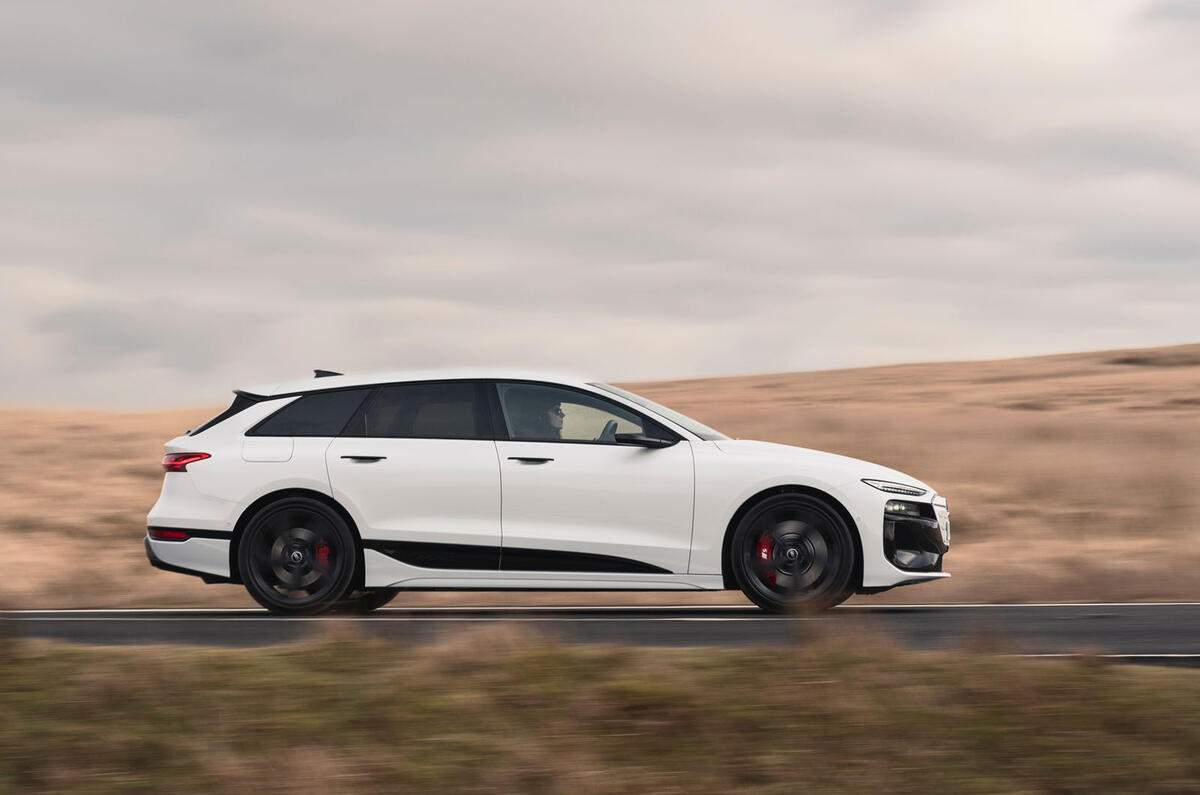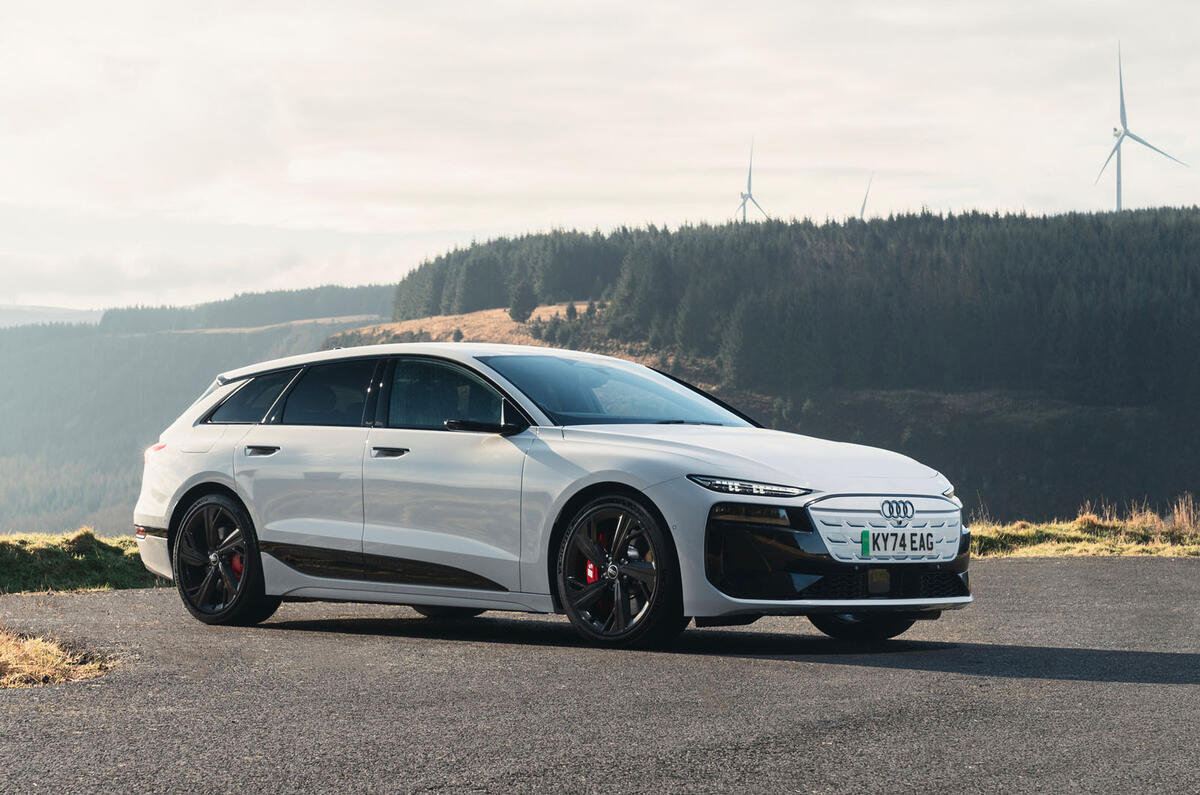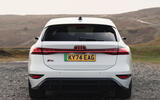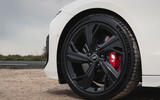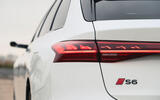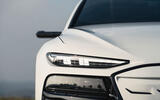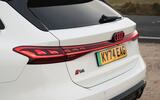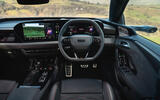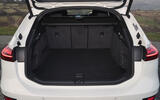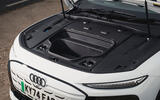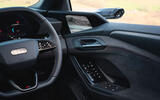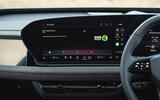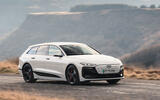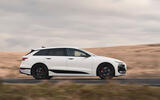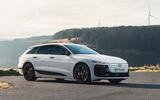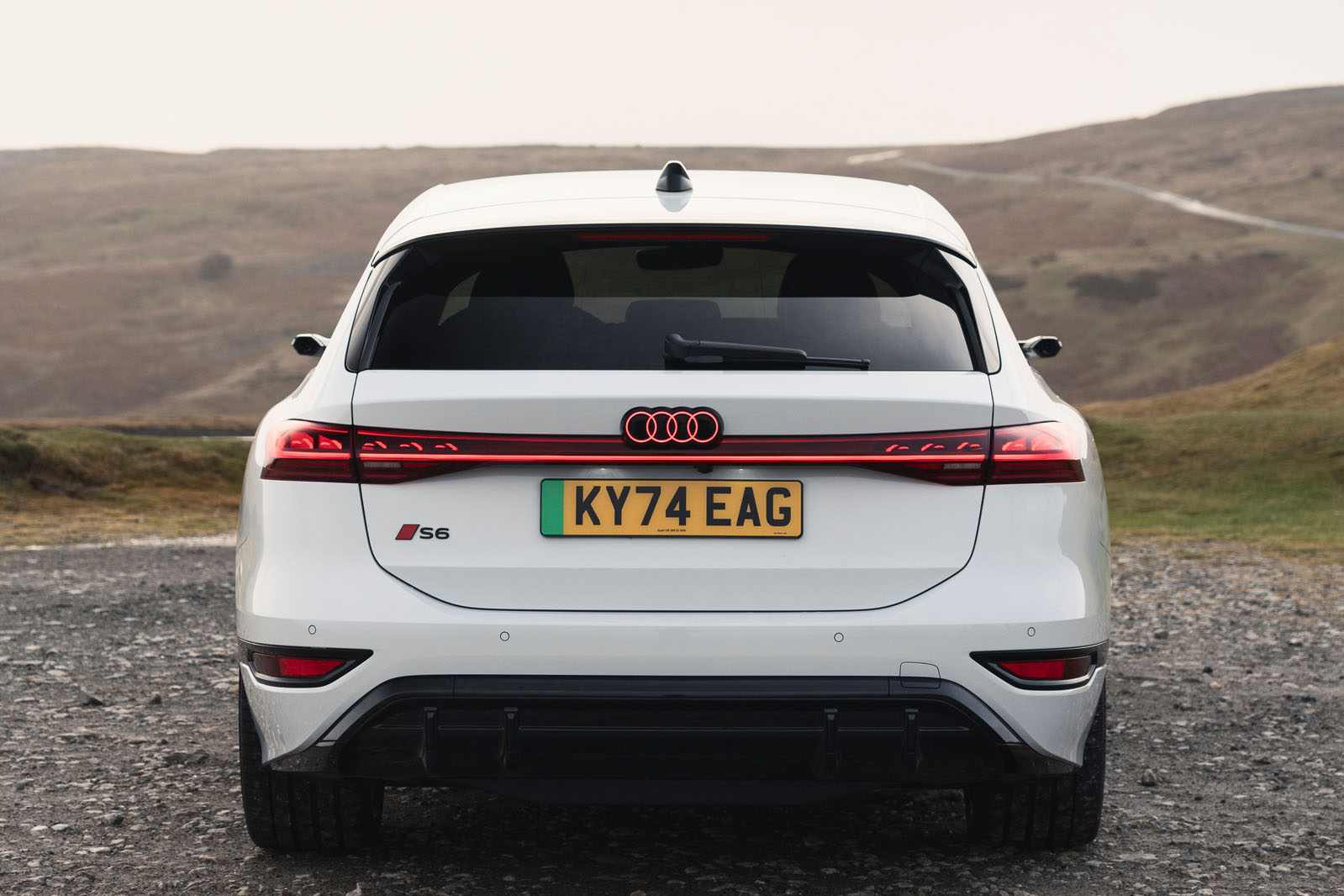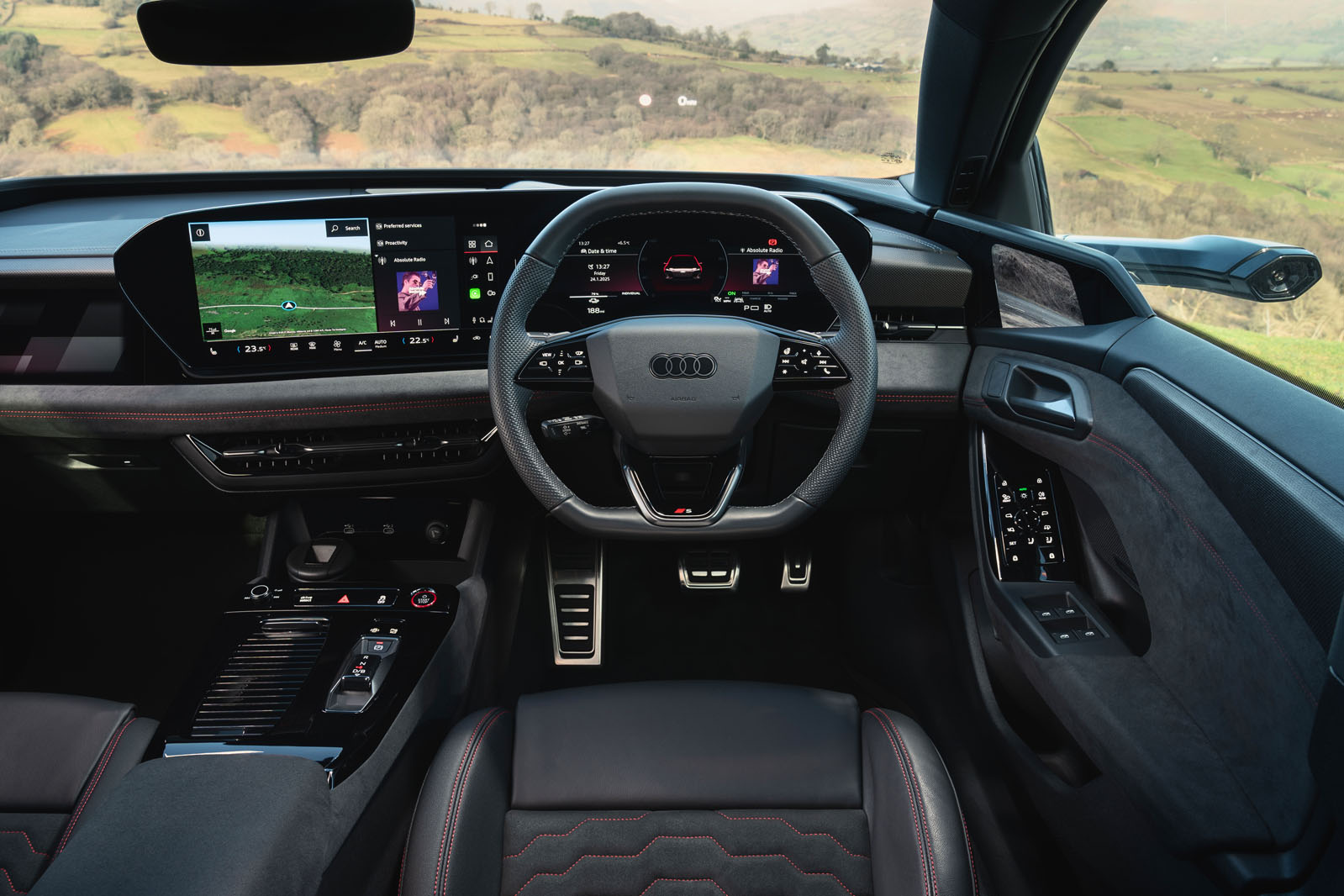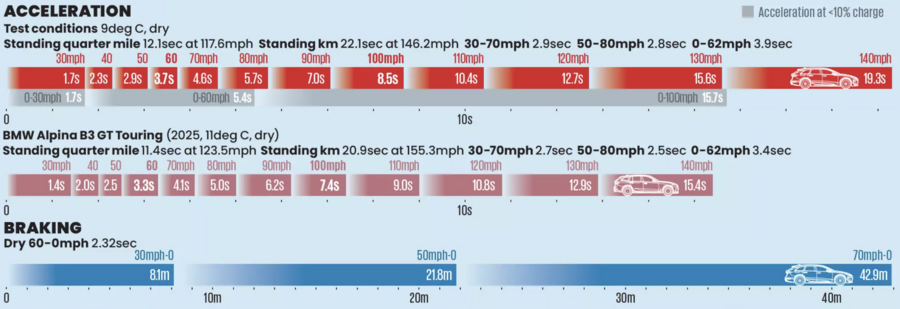Through the lower tiers of the model range, you can have 322-, 376- or 456bhp, lastly in the twin-motor A6 E-tron Quattro version; but ours was a mid-level 376bhp A6 Avant E-tron Performance.
So, let's get stuck into the range-topper, shall we? The driveline technology may be different but the approach Audi takes to evolve an A6 into an S6 in the electric age follows a familiar path, as it always has with combustion-engined models. Namely, more power, control and grip, but in a measured manner, so not with full RS levels of commitment, drama and cost.
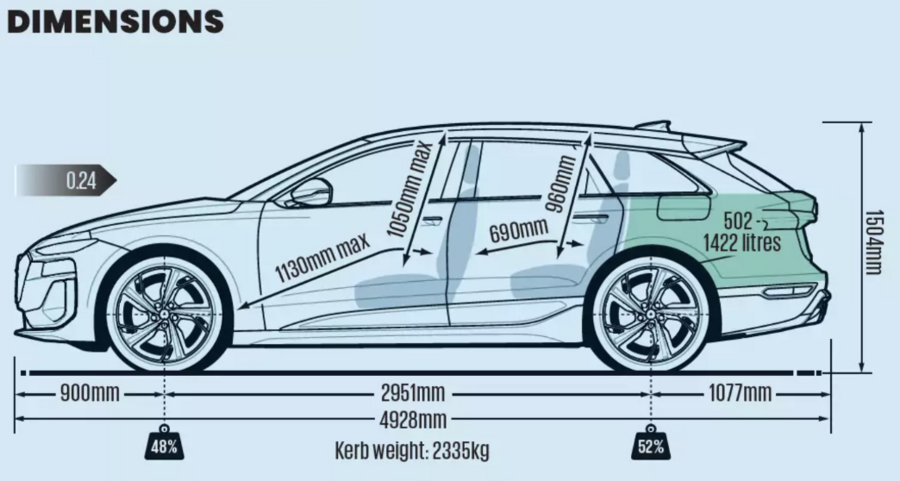
Both the A6 and S6 E-tron sit on the 800V Premium Platform Electric (PPE), co-developed again with Porsche, and use powertrains made at Audi’s mammoth Gyor facility in Hungary. The S6 picks up the baton from the most potent of the mainline A6 models – the 422bhp Sport E-tron Quattro – and ups the ante to 496bhp, or 542bhp if you’re engaging the car’s launch control function. That power, along with an eyebrow-raising 620lb ft, comes courtesy of a 10cm asynchronous motor at the front and a permanent magnet synchronous motor at the rear, with an axial length of 20cm.
Compared with the first-generation E-tron products, Audi says its latest motors take up 30% less space and weigh 20% less. The platform’s higher voltage also means thinner, lighter cables can be used, and various tweaks (a new hairpin winding and direct oil-spray cooling system for the larger motor, and an electric oil pump in the gearbox) have boosted range by about 25 miles over the old platform in terms of like-for-like capacity.
But nobody will be surprised to learn that the S6 E-tron, particularly in big-bodied Avant form, isn’t very light. Its on-paper weight of 2335kg (11kg more in reality) is substantial, though the distribution is peachy, at 48:52 front to rear. It is also no heavier than its chief rival, the BMW i5 M60 xDrive Touring, which has a claimed weight of 2350kg (though the BMW does in fairness carry actuators for its rear-axle steering and has active anti-roll bars, while the Audi has neither).
Meanwhile, charge is held by the larger of the two nickel-manganese-cobalt batteries also found in the A6 (100.0kWh in capacity, 94.9kWh of which is usable). Spread across the width of the floorpan, it gives the S6 E-tron a considerably lower centre of gravity than any car previously
to have worn the badge.
So what else does the S6 owner get for their near-£100k outlay, beyond more power than the A6? Bigger brakes, thicker anti-roll bars, a larger contact patch and a sportier tune for the air springs and adaptive dampers, although Audi will tell you the alterations are subtle in nature, rather than transformative.



